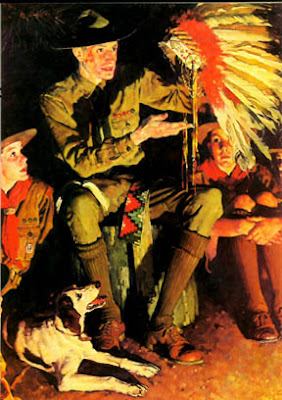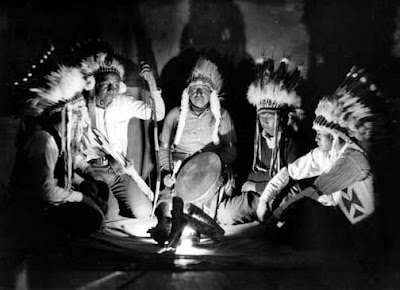
In addition to whatever way the dictionary defines story, a story worth its name is something worth telling and worth listening to. It's so compelling that you just have to tell your friends about it. It's so evocative that it feeds your imagination for weeks or even months after hearing it. Whenever I think about story I imagine indians sitting in rapt attention around a campfire listening to a charismatic storyteller. It seems to me that if a story isn't fit to tell at a campfire then it's just information and belongs in a file cabinet somewhere. It certainly has no place in the entertainment industry.
Imagine trying to tell modern TV animation stories around a campfire, stories like: a little boy tries to pass himself off as something he's not, gets in over his head and learns the value of being himself. A little girl snubs a poor classmate for wearing unfashionable clothes then the poor classmate does a favor for the richer girl and the two become friends. Really, who wants to hear that? Imagine trying to tell stuff like that to a bunch of story-hungry indians. They'd just stare at you. What the indians want to hear is something like: "There I was, backed up against the tree with six drooling wolves moving in for the kill..." You know that's what indians want to hear because that's what everybody wants to hear. Anything else is just wasting our time.

Now I know that cartoon comedy isn't likely to drum up the particular type of excitement generated by viscious wolves but it ought to be an equivalent excitement. Just like the wolf story it should rivet listeners to their seats and should make them want to retell the story to friends. That's the way I felt when I saw John K's shower room sequence in "Naked Beach Frenzy" and Ren's mad scene in "Space Madness." I don't think John would have any problem entertaining indians around a campfire. We need more storytellers like that.




























